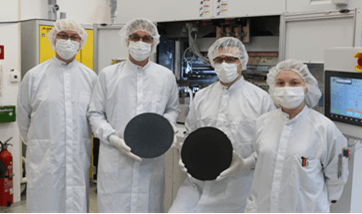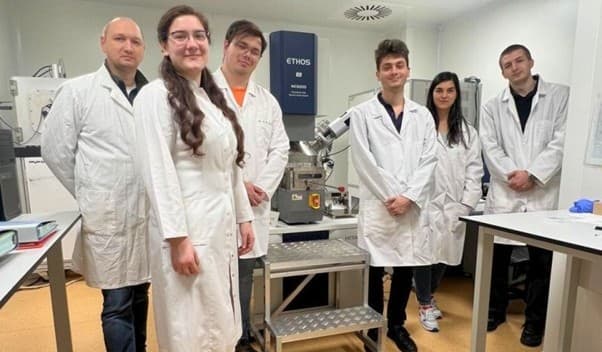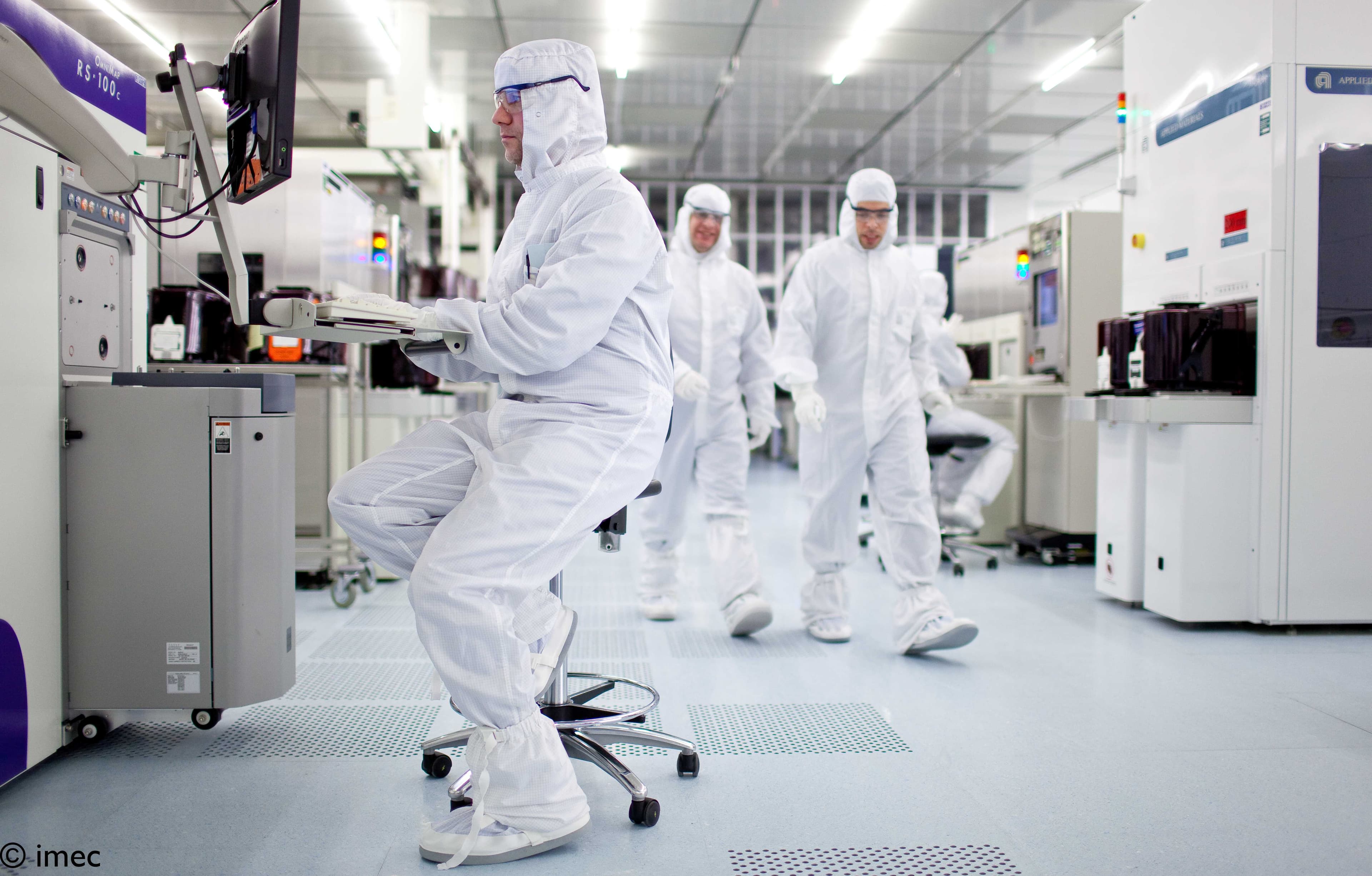The AI field is evolving at a dizzying pace. New language and reasoning models are released almost every month. But hardware is struggling to keep up with increasingly diverse workloads, especially as we move towards:
- agentic AI, capable of autonomous decision-making; highly relevant for medical applications
- physical AI, related to embodiment and interaction with the physical world for robotics and autonomous cars
CPUs, GPUs, and existing processors can no longer meet the full spectrum of performance and energy demands. Making it even more challenging, AI workloads could change overnight, instigated by a new algorithm. The recent example of Chinese start-up DeepSeek, whose breakthrough was replicated across the industry within weeks, shows just how fast the field moves.
In contrast, hardware innovation is slow, costly, and increasingly complex. It often takes years to bring even incremental improvements to market.
To prevent this growing mismatch from becoming a bottleneck, a radical rethink of hardware design is needed. Flexibility is key. The future lies in making silicon as ‘codable’ as software. In other words: enabling reconfigurable chip architectures that adapt quickly to new AI workloads.
Interested in how imec is trying to achieve this paradigm shift? And the role the NanoIC pilot line has to play in this innovation journey? Explore the full vision by Luc Van den hove on the imec website.
Published on:
22 May 2025













